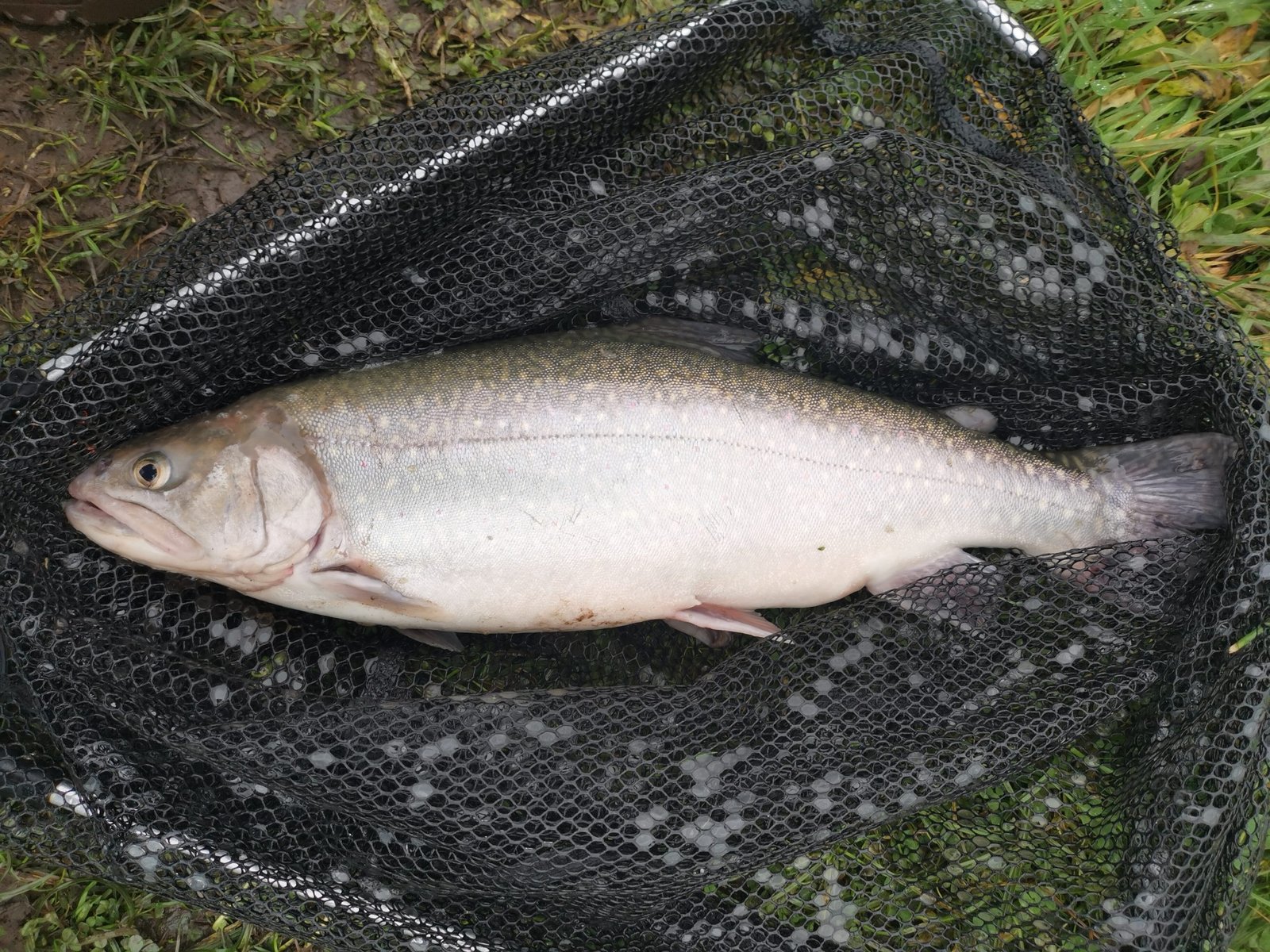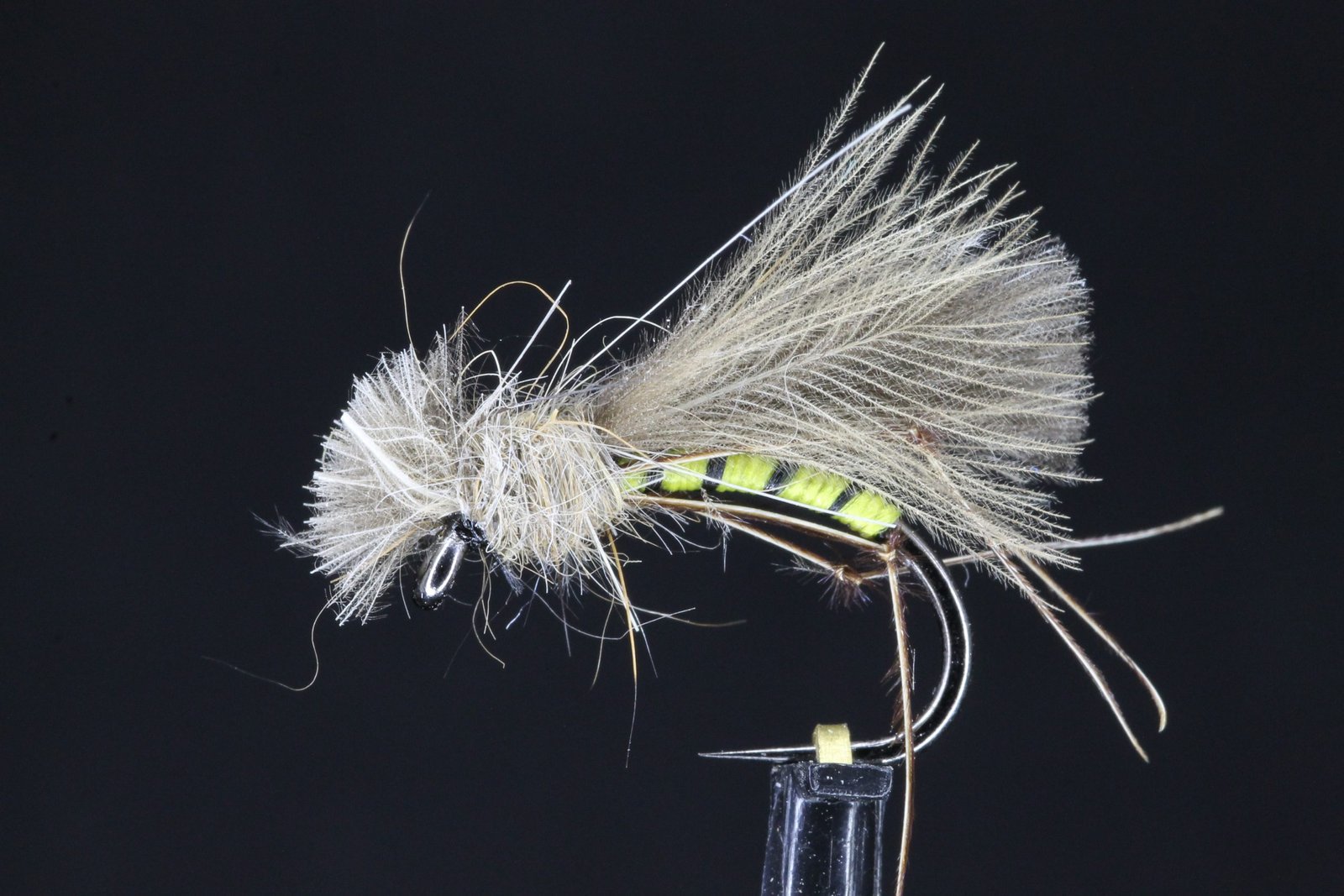Changing It Up
After another great day at Blithfield recently, with 47 fish to the boat, it was clear that the fishing there was on fire. I was interested to note how our catch returns matched others on the water at the same time, to see how we were doing.
So I took a sneak peak at the catch returns posted by the day’s anglers. We were the last boat off the water and as such, I could get a clear picture of how the water was performing generally.
Given the last 3 trips to Blithfield had given us 40+, 50+ and 40+ to the boat, I was expecting some bumper scores on the cards. However, I was very surprised to see returns averaging around the 6 or 7 to each boat.
This struck me as odd, as I was aware of the recent stocking of 6000 trout in to Blithfield from their own trout farm and as such, expected much better returns, especially given our own success.
I raised this with Claire, the super friendly organiser of the boat and bank tickets (among many other things) and asked her why she thought this might be. Claire’s said that she’d read my recent report on Blithfield (available here) and that she felt that the number of flies and methods we’d tried had enabled us to find the magic combination to push our catches up.
I’ve thought about this quite as lot, as both my regular boat partner and I have been accused of spending too much time out of the water changing flies and hence not actively covering fish. However, our successes seem to fly (no pun intended) in the face of this theory.
Whenever I change a fly, I put the old one in a sealed plastic box I’ve dedicated to used flies. This stops them passing any moisture they still hold on to other flies which are nicely dry in my boxes. When I get home (usually the next day, as I’m lazy) I take all the flies out and air dry them before returning them to their correct boxes.
To investigate the extent of my chopping and changing during the last fishing trip I counted the flies in the “wet” box showing just how many I’d tried throughout the day.
The results were a surprising 47 flies !
Admittedly, some were just changed due to the voracious teeth of trout damaging them or, in the case of boobies, they’d lost their full buoyancy, but the majority were different flies.
This really brought it home to me that changing often is sometimes a good thing. On a water like Blithfield, with a huge head of fish, changing will mean a catch of 10, rather than 2. Changing often when fishing on a more challenging water might be the difference between a good day and a blank.
There’s no guarantee that the flies and tactics that worked on a water yesterday will work today, so keep trying different types, colours and bouyancy flies until you find what they want.

It’s not just changing flies of course, changing lines is important too.
I was asked recently about what to do if the wind was strong and the boat wouldn’t stay at anchor and moved too quickly to cast to the front of the boat, even with a drogue.
In these difficult circumstances, it’s worth using the speed of the boat in the wind to your advantage. The best way to do this is to put on a sinking line, like a di5 or di7, with two boobies or one on the point and a FAB on the top dropper and simply let them drift behind the boat.
The drifting of the boat in the wind will pull the flies through the water at a good rate and the sinking lines will hold the flies down to the bottom of the water, with the boobies pulling the leader up just above the weed beds. This is often where the larger fish lie, so hold on to your rod !
If simply drifting doesn’t work, let the drift pull your full line out and then strip or roly roly it back in. The speed of the retrieve, added to the speed of the boat will tempt even the most stubborn trout.
The point I’m trying to get over in this article is that if you’re not catching or you’re catching very few, even when you’ve moved around the water, don’t be afraid to switch things around. Changing flies, fly lines, and retrieves can all help improve your catch returns.


